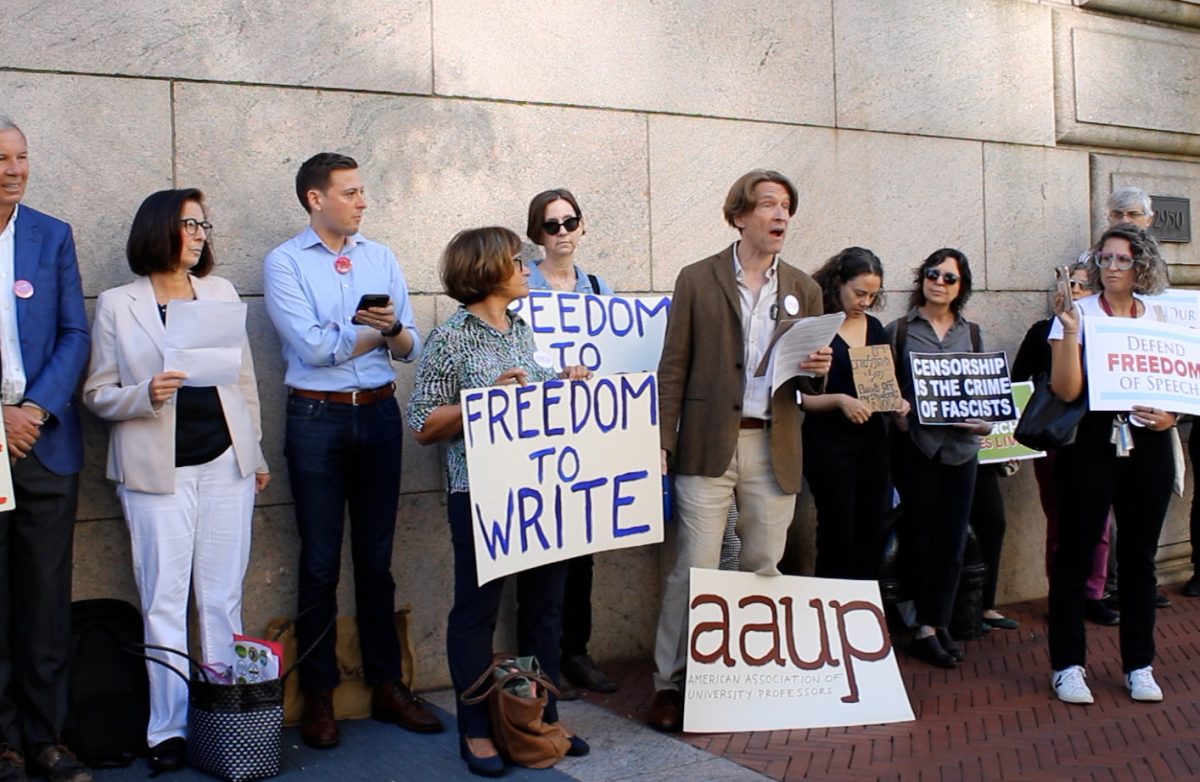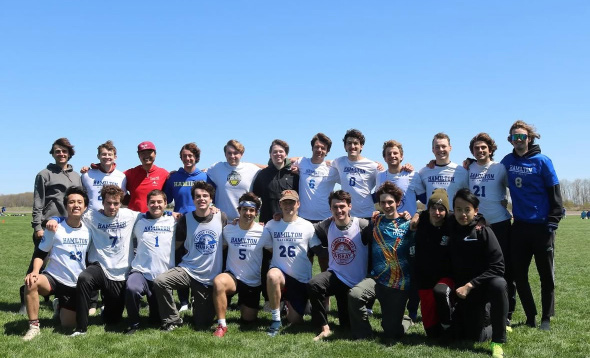
The College’s Senior Staff have endorsed the formation of a working group that will look at how Hamilton’s mass email lists are structured and managed. The overarching objective of the working group is to make mass email communication more efficient and effective for students, faculty, and staff.
The working group has been tasked with providing recommendations to the effect of: reducing email overload resulting from mass email lists, better targeting mass emails to interested audiences, defining campus-wide roles and responsibilities for managing mass email communications, and developing technology service requirements to support the recommendations.
The panel, which is still in the beginning stages of its collaborative efforts, is led by Maureen Scoones of the Library and IT Services (LITS) and includes representatives from Student Assembly, College faculty, and staff.
According to Scoones, the main problem with the current email system is simply the quantity of messages that fill up users’ inboxes. “Email was originally a quick and easy way to reach a lot of people, but now people just feel overloaded,” she said. One consequence of this, according to Scoones, is that people frequently miss emails they would otherwise be interested in reading.
A potential solution to the problem of email overload that the working group has considered is to allow less people access to sending out messages via the mass email list. This is something that the College has done in the past. In fact, the range of people who have had access to sending out messages via the College’s mass email system has narrowed rather than expanded in recent years. Scoones recalls a time when students would send out mass emails asking about a hat or coat they left behind at a party. Today, these types of queries are typically handled in class Facebook pages, and the process by which students apply for the ability to send out mass emails is more rigorous. However, the number of emails that “make the cut” to be sent out on the mass email server could potentially be further reduced.
Another process that the working group has looked into is the process of aggregating messages in a meaningful way. In the past, students would get emails about upcoming events from individual sports teams on an almost daily basis. While campus-wide messages from individual sports teams still occur to some extent, the quantity of emails sent out regarding athletics has been lessened, due to the Student- Athlete Advisory Committee (SAAC) putting together weekly emails that give updates on sports results as well as upcoming events.
This approach could be replicated in other spheres of influence on campus, with weekly emails being sent out under the umbrellas of diversity, Student Assembly, religious groups, and club sports, among others, effectively consolidating daily emails from many organizations into several aggregated email sent out on a weekly basis.
As the working group moves forward with their efforts to improve the current mass email system, they will look to get feedback from a variety of student organizations on campus. Scoones is in the process of hiring additional students to join the panel. In addition to receiving feedback from a diverse body of students, Scoones says that the panel will be investigating how other schools with qualities similar to Hamilton conduct email communication.
If you have any recommendations for how to improve the mass email list system or would like to join the working group, contact Maureen Scoones at [email protected].

















